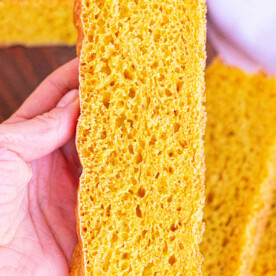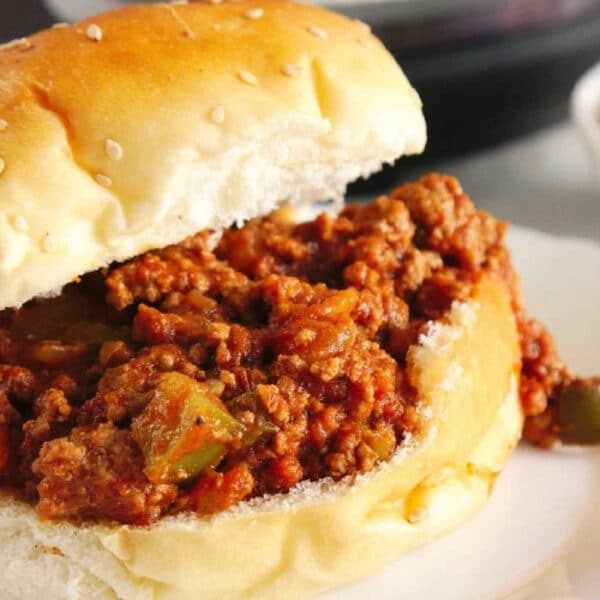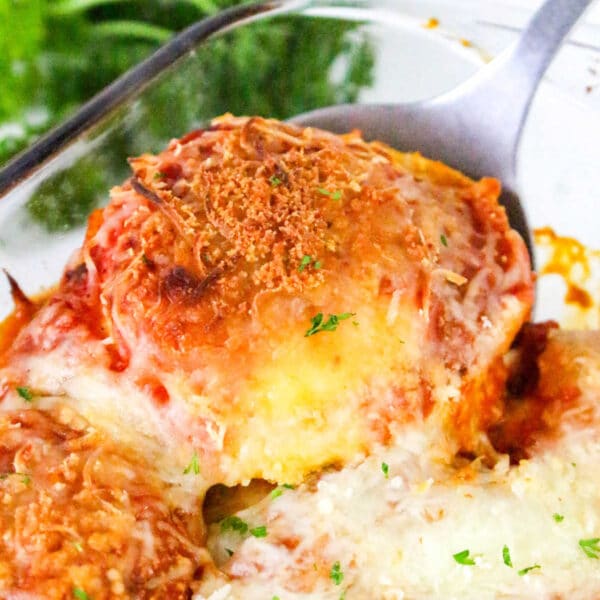Pumpkin sourdough bread with discard recipe for Fall is here! Made with pumpkin puree at home that’s fluffy in a Dutch Oven. If you are looking for something new for breakfast this may be your favorite one!

Moist pumpkin bread recipe, sourdough style is something you have got to try! Toasted with a bit of melted butter and cinnamon and sugar on top makes a yummy breakfast or treat mid day. If you have never made a loaf of this from scratch it is a delicious experiment in the kitchen. (affiliate links present)
Pumpkin Bread with Sourdough Starter
Sourdough bread, with its distinct tangy flavor, chewy crust, and airy crumb, has captured the hearts of bread enthusiasts around the world. This artisanal bread is more than just a baked good – it’s a centuries-old tradition that brings together science, art, and a deep appreciation for the fermentation process.
If you’re intrigued by the idea of creating your own loaf at home, let’s explore the key steps involved in making this treat…..and how we tweaked it to make it a bit sweeter this time for the Fall months. Sourdough bread derives its unique taste and texture from wild yeast and beneficial bacteria present in a sourdough starter.
Unlike commercial yeast, which is added for rapid fermentation, a sourdough starter relies on the naturally occurring microorganisms in the environment. This mixture of flour and water captures yeast and bacteria, creating a lively culture that transforms ordinary dough into a flavorful masterpiece.
Jump to


Sourdough Pumpkin Muffins
Yes you can certainly bake these in different shapes. If you wanted to make smaller, in less time you could add this same dough into a muffin tin that has been greased and bake for about 18 minutes. A fun and new way to bake it and enjoy in the palm of your hands. They come out more pumpkin shaped this way too. Either way you will need;
Ingredients
- 2.5 c all purpose flour
- 1/4 c whole wheat flour
- 1 c water
- Sourdough starter
- 1 c pumpkin puree & a pinch of pumpkin pie spice would be optional
- Salt
- A wire rack is handy to have to cool when done
This and our dairy free pumpkin cake is great for those who cannot have egg or milk in their diet. There are tricks to making sourdough bread for sure, we will share a few hints below for success.
Sourdough baking is an art, not a quick bread by any means. Each loaf will have its own unique characteristics. Embrace the imperfections and enjoy. The next day you can make something different with your discard too, like our Sourdough Pie Crust.

Pumpkin Bread with Sourdough Discard
The foundation of this sour bread is a well maintained starter. To create your starter, combine equal parts of flour and water and allow it to ferment over several days. Regular feedings is where you discard a portion of the mixture and replenish it with fresh flour and water to help develop a robust colony of yeast and bacteria – “sourness”.
Once your sourdough starter is lively and ready, it’s time to embark on the bread-making process. You can use it for many things like this and/or our Sourdough Discard Cinnamon Roll Recipe. Here’s a basic outline of the steps involved:
- A levain is a small portion of your sourdough starter that’s mixed with typically bread flour and water. This pre-ferment enhances the flavor and texture of the final loaf. Let the levain ferment until it’s bubbly and has doubled in size.
- this needs to be done in a warm area, at least room temperature
- Combine the levain with additional flour, water, and salt to create the dough. Kneading or folding the dough helps develop the gluten structure.
- Allow the dough to rest and ferment, usually through a series of folds. This fermentation period allows the yeast and bacteria to work their magic, developing flavor and texture.
- Gently shape the dough into a round or oval loaf. This step helps create the final structure of the bread.
- Place the shaped dough into a well-floured proofing basket or bowl to support its shape during the final rise with seam side on bottom. Cover it and let it proof until it has visibly expanded.
- Before baking, score the surface of the dough with a sharp blade. This not only adds an aesthetic touch but also allows the bread to expand without cracking during baking.
- In a small bowl, add sourdough starter and remaining water. Mix. Add pumpkin puree. Mix. Add salt and flour together and then pour into your pumpkin mix bowl. Combine until you have your dough.
How long does sourdough need to rise?
Cover with plastic wrap and a towel on top of that, set into a warm area and let rest for 30 minutes. Remove dough and sit on very lightly floured surface to stretch and fold each edge of the dough in over the center of itself. Set back into the bowl, covered, in a warm area with a towel on top.
Repeat this procedure 2 more times so it has rested 3 times for 30 minutes and then the last time knead VERY gently so it stays poofier, then leave the dough for 3.5 hours. It should have doubled after all of this, warmer areas will do this faster than cooler spaces.
Put the dough on a lightly sprinkled surface, form a ball and leave for 30 minutes covered gently with a dish towel. Line a bowl with a kitchen towel sprinkled with flour. Form dough into a ball and place steam side facing up on to the floured towel. Cover the bowl with plastic wrap and put into the fridge overnight.
What temperature should you bake sourdough?
Set oven to 500 degrees F with your Dutch oven in it to heat up. Remove your dough from fridge. Set on a piece of parchment paper. Set inside heated Dutch Oven and cover with the lid. Bake for 20 minutes this way.
Remove lid and continue baking for another 15-20 minutes until there is a nice golden crust all around the loaf. Remove from Dutch Oven and set on cooling rack to cool for 1 hour. Then slice with bread knife. Just one of many savory pumpkin desserts with pumpkin puree we love.


What is the secret to good sourdough bread?
We explain in detail how to make sourdough starter here. The starter must be active. To do this, the night before prepare it, by mixing 2 tbsp. sourdough starter with 1/4 cup of water and 1/4 cup of all purpose flour. Set in warm area. By morning, your starter will be bubbly, frothy and active. Only then should you make a loaf or our Sourdough Focaccia is great too.
Why is my sourdough bread so dense and heavy?
If you find that the end result isn’t as you may have envisioned it, you likely didn’t ferment your dough long enough – or too long can end up not as fluffy and airy. Pay closer attention to the timing on the next go around and make sure it is in a semi-warm area (harder to do in Winter so I set mine in the oven with JUST the light on when resting).
Crafting your own sourdough bread at home is a rewarding endeavor that connects you to a time-honored tradition of bread making. As you become more familiar with the nuances, you’ll uncover the joys of creating loaves that you can then add other flavors into. Just like our Pumpkin Cranberry Bread there are tons of options, depending on personal preference. 😉

Pumpkin Sourdough Bread
Equipment
- 1 dutch oven
- 1 cutting board to knead
- 1 Bowl
Ingredients
- 2.5 c all purpose flour
- 1/4 c whole wheat flour
- 1 c water
- 2 tbsp sourdough starter
- 1/2 c sourdough starter
- 1 c pumpkin
- 1 tsp salt
Instructions
- The starter must be active. To do this, the night before prepare it, by mixing 2 tbsp. sourdough starter with 1/4 cup of water and 1/4 cup of all purpose flour. Set in warm area. By morning, your starter will be bubbly, frothy and active.
- In a small bowl, add sourdough starter and remaining water. Mix. Add pumpkin puree. Mix. Add salt and flour together and then pour into your pumpkin mix bowl. Combine until you have your dough.
- Cover with plastic wrap and a towel on top of that, set into a warm area and let rest for 30 minutes. Remove dough and sit on very lightly floured surface to stretch and fold each edge of the dough in over the center of itself. Set back into the bowl, covered, in a warm area with a towel on top.
- Repeat this procedure 2 more times so it has rested 3 times for 30 minutes and then the last time knead VERY gently so it stays poofier, then leave the dough for 3.5 hours. It should have doubled after all of this, warmer areas will do this faster than cooler spaces.
- Put the dough on a lightly sprinkled surface, form a ball and leave for 30 minutes covered gently with a dish towel.
- Line a bowl with a kitchen towel sprinkled with flour. Form dough into a ball and place steam side facing up on to the floured towel. Cover the bowl with plastic wrap and put into the fridge overnight.
- Set oven to 500 degrees F with your Dutch oven in it to heat up. Remove your dough from fridge. Set on a piece of parchment paper. Set inside heated Dutch Oven and cover with the lid. Bake for 20 minutes this way.
- Remove lid and continue baking for another 15-20 minutes until there is a nice golden crust all around the loaf. Remove from Dutch Oven and set on cooling rack to cool for 1 hour. Then slice with bread knife.
Video
Nutrition
Nutrition information is automatically calculated, so should only be used as an approximation.











